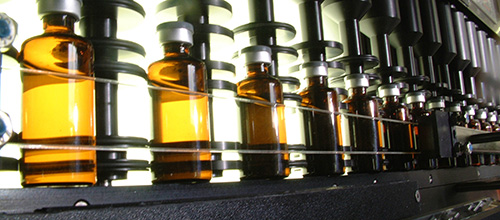FDA presentation at the ECA Conference Particles in Parenterals
Recommendation

Thursday, 12 February 2026 9 .00 - 17.00 h
Dr Stephen Langille from the US FDA gave a talk on the FDA's current thinking with regard to the visual inspection of medicinal products for parenteral use. In his presentation he showed the number of recalls caused by visible particulate matter over the last 11 years. For him, most of the recalls were justified when the types of particles found were taken into consideration. He also emphasized that something is possibly wrong in the visual inspection process if particles found in the market are bigger than 1000 µm.
The prevention of particles is very important to him. From his perspective the best particle is one which is not in the product. Also important to him are threshold studies, meaning to show the minimum particle size which can still be detected (dependent of product and type of container). These threshold studies are crucial for the setup of the test sets and the qualification of the inspectors of the manual inspection. He also mentioned the semi-automated inspection process. For him semi-automated inspection is good for detecting container-closure issues, like missing stoppers. But he also questioned whether an inspection time of about one second is suitable to detect particles with a size of 200µm for example. In the discussion he was asked about FDA's opinion on the USP chapter <790>. In his opinion, USP chapter <790> can be an effective tool for ensuring that the manufacturing process and 100% inspection process are adequate to limit visible particle contamination. However, cGMPs must be followed during the manufacturing and visual inspection process. Meeting the requirements of USP <790> should not be used to excuse not meeting cGMPs.
You will find the complete presentation in the members area of the ECA webpage.



